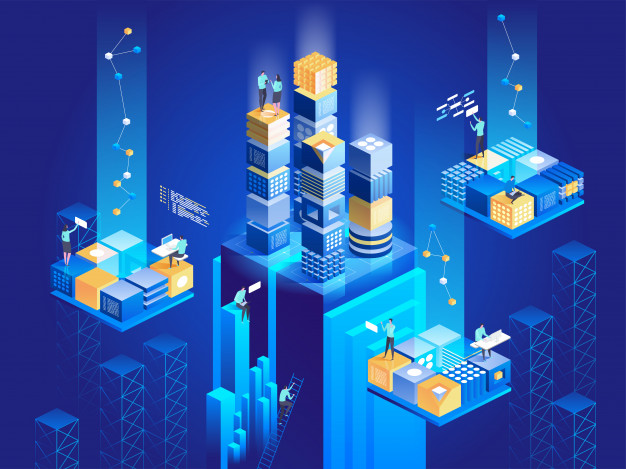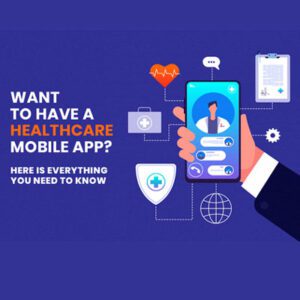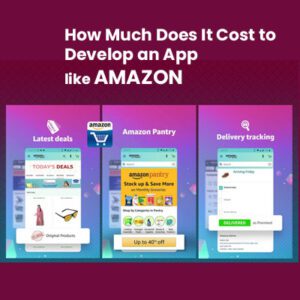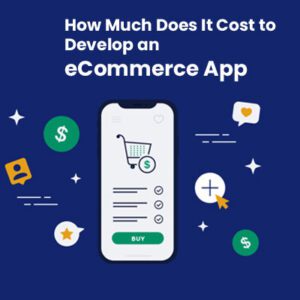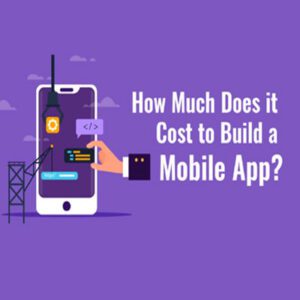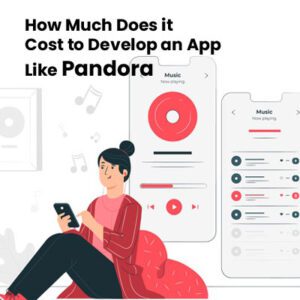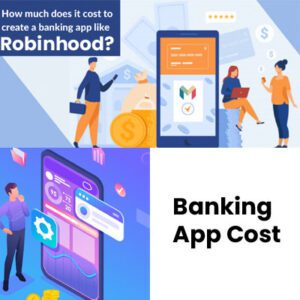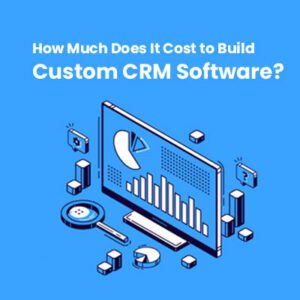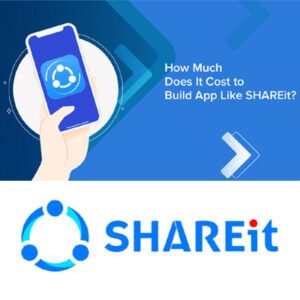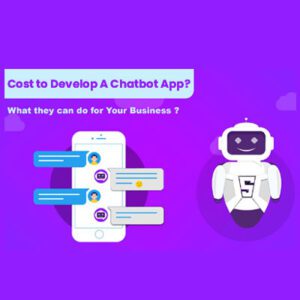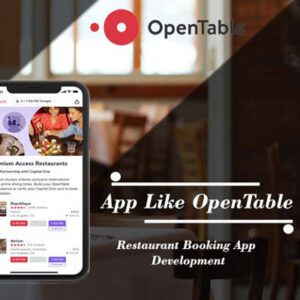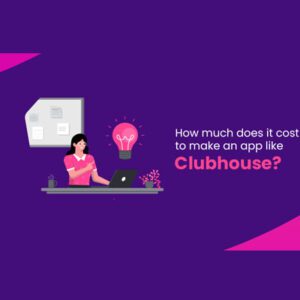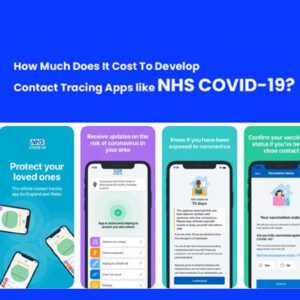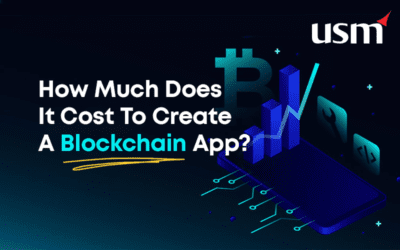What Are Blockchain Apps? How to Develop One?
Blockchain is the most significant innovation in this digitized world. Blockchain application is one of the most promising assets capable of transforming and improving the global economy. Many enterprises are in the way of adopting blockchain technology and building mobile apps for their business.
What are the Blockchain Applications?
Blockchain app is also known as a DApp. A blockchain has no server that plays the role of an intermediary between users that send messages, money from your account, or data. This opens lots of possibilities for many industries, which is why blockchain app development is pertinent to most businesses.
The block chain has already started to disrupt the financial services industry, and this supports the digital currency, i.e. Bitcoin transaction. With block chain technology, users can communicate directly and transact over the Internet without third party interference. Besides, it helps stamp out frauds, reduce risk, and bring transparency to several apps in a scalable method.
Get a free quote
In this article, we discuss the benefits of blockchain-based applications and how to develop an app.
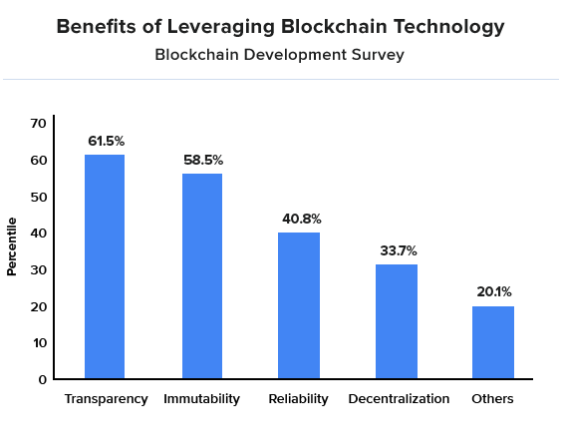
Source: GoodFirms
Let’s understand the blockchain step by step procedure to build an application successfully.
Step 1: Problem Identification and Goal Definition
This is to establish the purpose of your blockchain mobile app by understanding the current issues the users are confronting, examining an existing solution, and deciding how your app will solve all those issues. It will help you in choosing the most appropriate blockchain solution.
Perform a cost-saving analysis to decide if the app is worth to the investment and survey potential threats or risks. If you feel a solution is really worth your wallets money and time, then you can proceed with its app development.
Step 2: Choose the suitable Consensus Mechanism
As we said earlier, Block chain systems are decentralized and need network users to authenticate the transaction. Depending on your app requirement, you should evaluate the best consensus technique.
Normal techniques incorporate Proof of Stake, Round Robin, Proof of Work, Proof of Time, Round Robin, Federated and Byzantine Fault Tolerance among other methods.
Consider these standards to select the right consensus mechanism for your application:
- Trust in validators
- Anonymity of validators
Step 3: Selecting the Right Block chain Platform
Block chain Platform enables you to create an application without coding block chain from starting stage. The most common examples of platforms are Quorum, Hyper-Ledger Fabric, BigChainDB, and Ethereum. Let’s take all the following methods to select the suitable perform for creating blockchain android app.
- License: What is a Licensed Platform? Isn’t it completely free?
- Network Type: Is it a private or public network?
- Activity: Is it very active? How frequently does this platform receive update patches?
- Popularity: How pioneer is the block chain platform? Is the community bigger around the venue?
- Ease-of-access: Is it easy to use? How scalable is this platform?
Step 4: Deciding the Application Model
Determine whether you want to use home, cloud, or hybrid model. It would be best if you also decided on the right block chain solution to develop.
You can select public, private, licensed, unlicensed, private or hybrid blockchain model for your application. In addition to this, you should the best stock depending on the platform you have selected.
Step 5: App Configuration
As many components cannot be changed once configured, the block chain application configuration is very critical. If you don’t know the right configurations for your smart app, it is advisable to consult expert app developers like USM Business Systems.
Step 6: Building Application Programming Interfaces
Although there is much pre-built Application Programming Interfaces (APIs), you again need to build customized Application Programming Interfaces for block chain software development.
APIs may be for essential pairs, data verification, smart contract interaction, data storage and retrieval, and address generation, among others.
Step 7: UI & Admin Console Design
You should decide on the best external database, front-end programming language, server for the application, after planning the backend components. It is advisable to utilize a cross-platform application development language to build a single mobile application that can be portable on iOS and Android platforms. The UI will offer all the required functionality and should be easy to locate.
Step 8: Testing and Scaling
Using the MVP (Minimum Viable Product) model is the best methods to build a workable POC (proof of concept) solution and test it to detect latency, crashes, storage and memory problems and performance issues.
Once the problem has been determined, resolve the issue and move on to check for other errors until the app is completely functional.
While creating a smart application on the blockchain or making cryptocurrencies tracker app in android, you will get so many insights from the existing block chain community on massive development forums.
The blockchain forums are full of block chain professionals who are skilled in sharing data and assisting others in solving a given problem.
Step 9: Launch and maintain your application
The last and final stage of blockchain app development is deployment. Once the product is ready and you have done with all the final tests, your app device will be revealed to the world via Apple App Store, Google Play Store, or other app stores, so that users will buy and download it from there. Now, you can collect data in your DApp and see how people are using this it.
After launching the app, maintaining the blockchain app is very important. To maintain its security and functionality, you required to update the applications to support the latest versions of libraries and operating systems.
Final Words
Blockchain is an incredible technological innovation, and though everybody is buzzing about it, a few organizations incorporate blockchains into their products.
Decentralized applications are more secure than any application; they give quick universal exchanges, give straightforward capacity and guarantee that information cannot be changed. Block chain innovation is as yet developing, and you can apply it from multiple ways to existing or new companies.
If you are planning to create to develop a blockchain app, connect us immediately.
At USM Business Systems, we can assist you in creating a DApp, consult your enterprise strategy, and provide an estimated cost of blockchain application development.
Get a free quote
